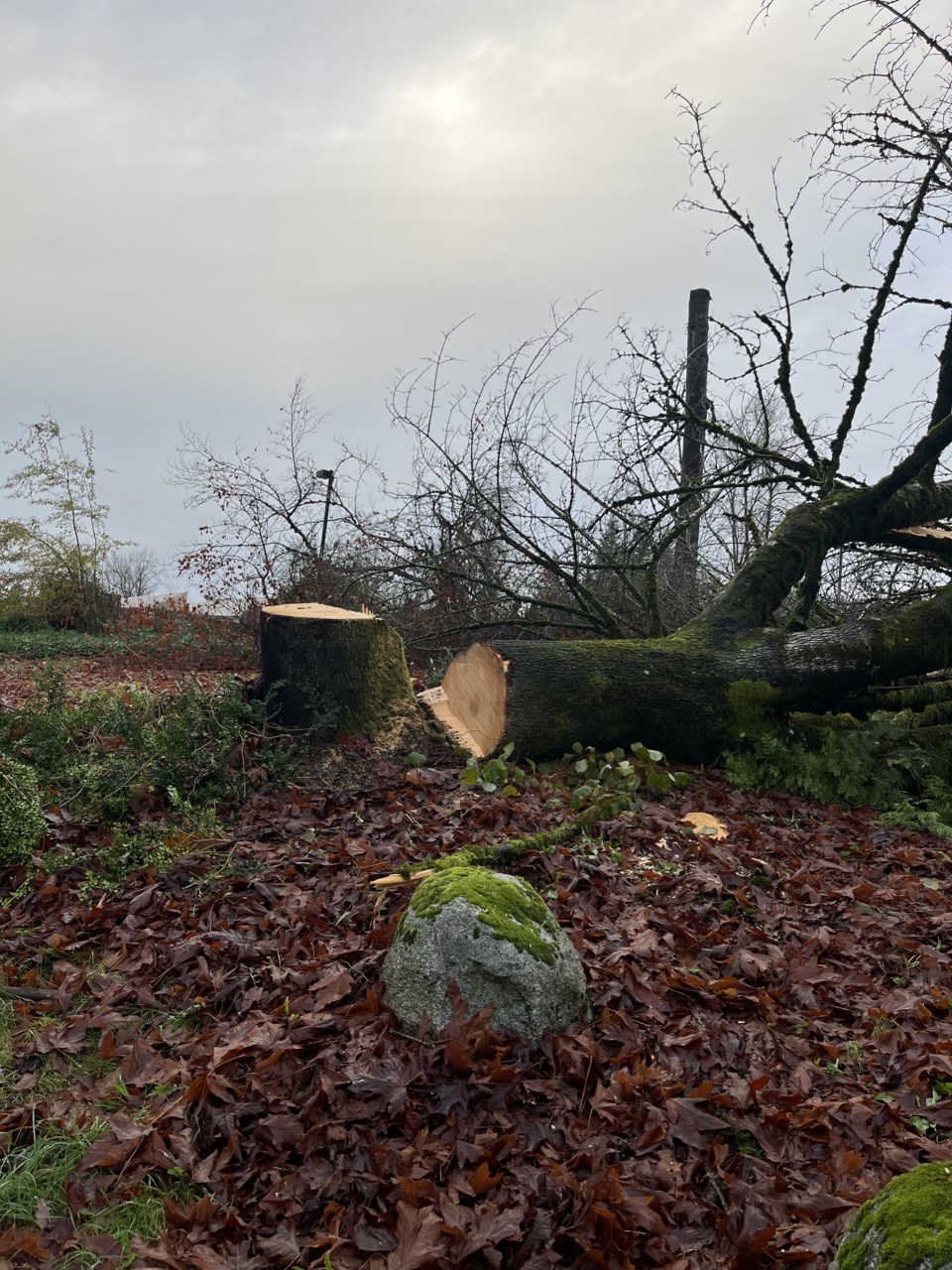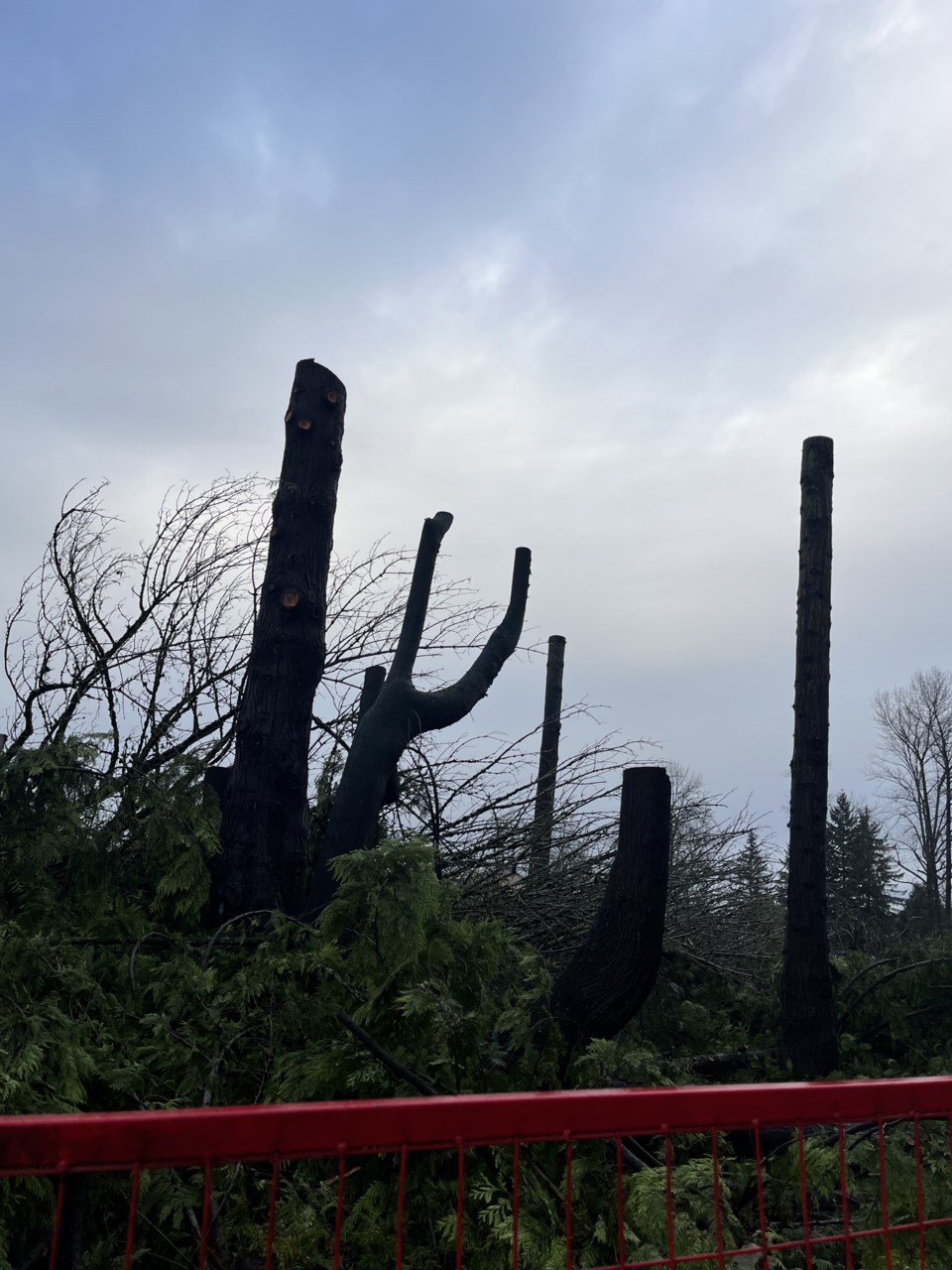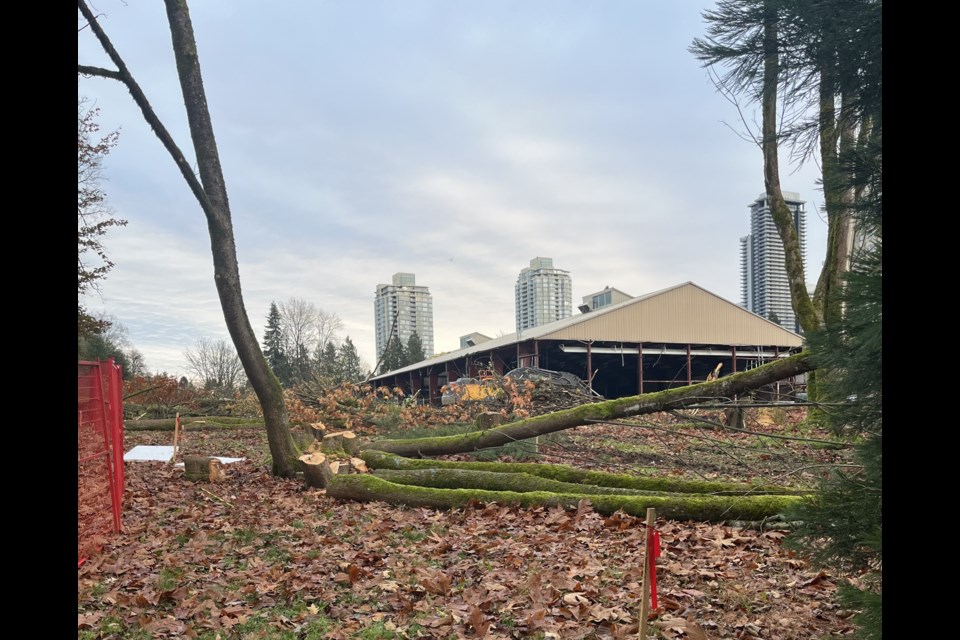Dear Editor,
Re: Burnaby to chop down 166 trees for community centre redevelopment (Nov. 1, 2024)
I appreciated your coverage of the plan to cut 166 trees for the Cameron Community Centre and Library redevelopment. But this isn’t just about one person's feelings about losing trees—it’s about the ripple effects on our community and environment, impacts that extend far beyond what meets the eye.
While the City plans to replant 779 trees, let’s be clear: this isn’t a goodwill gesture. It’s a legal requirement under Burnaby’s Tree Bylaw, which mandates replacement trees based on the size of those removed: one for smaller trees, two for mid-sized, and three for the largest.
The real questions are: Where will these trees be replanted? And why wait years to start replanting when the loss of mature trees has immediate consequences? Since at least 50% of Cameron Park, where these 166 trees are being cut, is fenced off for redevelopment, there won’t be space to plant 779 trees there. Replanting should begin immediately in nearby areas with low tree canopy. Why delay?

Removing these 166 trees means displacing thousands of living beings that depend on them. Mature trees are ecosystems in themselves, supporting an estimated:
- 83,000–166,000 insects,
- 1,660 birds,
- 330–500 small mammals,
- and countless microorganisms essential to healthy soil.
These numbers aren’t just statistical estimates—they represent the vibrant biodiversity that keeps our environment thriving.
And what about the people? Green spaces like this park are vital for mental health, stress relief, and community connection. Losing this park means more noise pollution, fewer opportunities for outdoor recreation under the open sky, and the loss of a beloved social hub with no restrictions on access. For families already stretched by financial stress, this park offered something rare in our city—beauty, peace, and accessibility, all for free.
This also highlights a larger issue: tree equity. Wealthier neighborhoods typically enjoy more tree cover and biodiversity, while areas with affordable housing are often left with less. This redevelopment risks widening that gap.

Recognizing the dangers posed by climate change, Burnaby city council declared a climate emergency in 2019. We need more than shiny new buildings—we need urban green spaces that make life livable. Whenever there’s a development at the cost of the natural environment, the environmental impact should be shared alongside the flashy details of the project.
I urge the city to involve residents in deciding where and how to replant these trees and to start replanting now, not years from now. This proactive approach would also help Burnaby achieve its greenhouse gas (GHG) reduction target of 45% by 2030.
I also urge the people of Burnaby to reach out to Burnaby city council to express their concerns about the loss of green spaces and biodiversity—and to actively participate in shaping where these trees should be replanted.
This isn’t about stopping progress; it’s about ensuring progress is sustainable and equitable for all.
Sincerely,
Swati Jain, Burnaby





